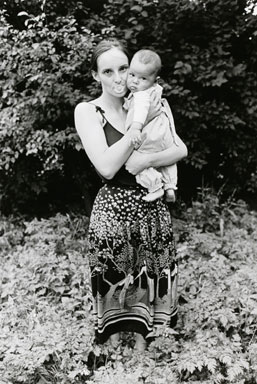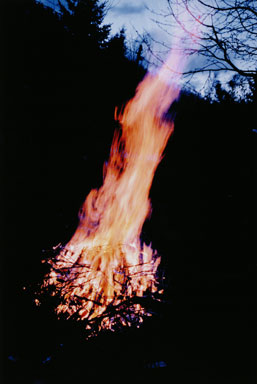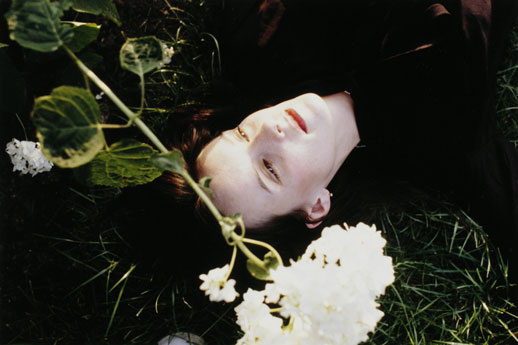Tangible Memories
Photography as a creative medium can be many things for different individuals: it can be a way to express oneself through art, a way to study how the eyes perceived the world, a way to show the world our world, or even a way to explore oneself through what we tend to see. Seiichi Furuya accomplished all of the above, yet through extreme emotional sufferings. In Seiichi Furuya’s “Mémoires.” exhibition, we see his long-term exploration with photography as representative of memories through themes that both fascinates and disturbs him: life, death and tragedy.
Furuya worked as a photographer mainly in Eastern Europe since the mid-1970s. He developed his first internationally renowned series “Mémoires.” in 1989, four years after his wife’s suicide. With her pivoting as the central image around the themes of life and death, he continues to develop the series as though it was a way for him to keep reconciling with his memories. The current “Mémoires.” exhibition at the Tokyo Metropolitan Museum of Photography presents a collection of over twenty years of works, approximating 130 photographs. All works continually revolve around his reoccurring subject matter of his late-wife and his tragic themes.
The exhibition takes up the whole second floor gallery space of the Museum. The lighting is in a wash of light through multiple spotlights in softer shade. All photographs are relatively small in size and are placed closely one after another, almost in the liking of screenshots from a single moving film. This style of layout contributes

The exhibition is divided into 7 sections: “Komyo,” “Circular Ring,” “Limes,” “Gravitation,” “Chirstine,” “Epiphany” and “The Revenge of Recollection.”
Furuya revisited his domestic life with his wife in “Christine” and his son in “Komyo.” We follow a silent narrative that led us through his son’s early childhood years in “Komyo” until the abrupt ending by the last photograph in which the boy is shown in his manhood. “Christine,” however is different both in style and context. The set is a compilation of photographs of his late-wife, showing her in raw emotions rather than taciturnity and concealed darkness in the household as seen in “Komyo.” “Christine” tracks backwards chronologically and ends with photographs of her smiling in their earlier years. While “Komyo” is presented through perennial changes, “Christine” is more closely depicted through Furuya’s emotional attachment to certain paused moments in time.

Furuya focuses less on nature and more on life in the city in “Limes” and “Gravitation.” A collection of vacant city snapshots in “Limes” allow us to reconnect to his themes in a different manner: we see certain city scenes as alive, while some as though dead, but all, in the end, as still. Furuya then explores smaller scale subject matter in “Gravitation”; images that seem mundane and often associated with the everyday life have the capability of presenting strong tragic emotions of loss and emptiness when focussed up-close through his lens.
“The Revenge of Recollection” features his films prior to final prints and a room of showcases filled with his previous publications. This last section is perhaps mainly for educational purposes and to serve as an ending to the exhibition tour.
With the advantage of the Museum’s superbly organized layout, visitors are provided a journey into his memories made tangible on display through a certain kind of narrative, leading us into connecting with his themes of the living, the dead, loss and emptiness. The Seiichi Furuya “Mémoires.” exhibition results in not being merely an archival tour of Furuya’s professional accomplishment, but also as an opportunity for us to freely dwell in the photographer’s memories as though they were our own.

Cheri Pitchapa Supavatanakul
Cheri Pitchapa Supavatanakul



